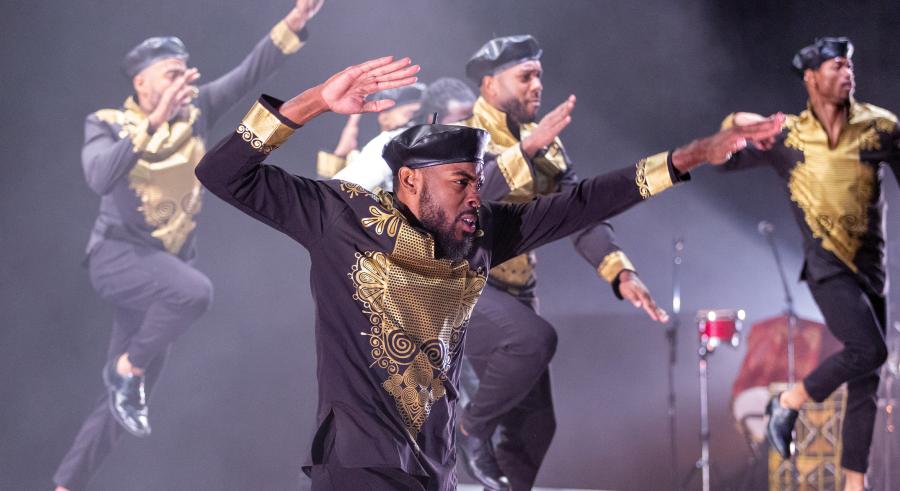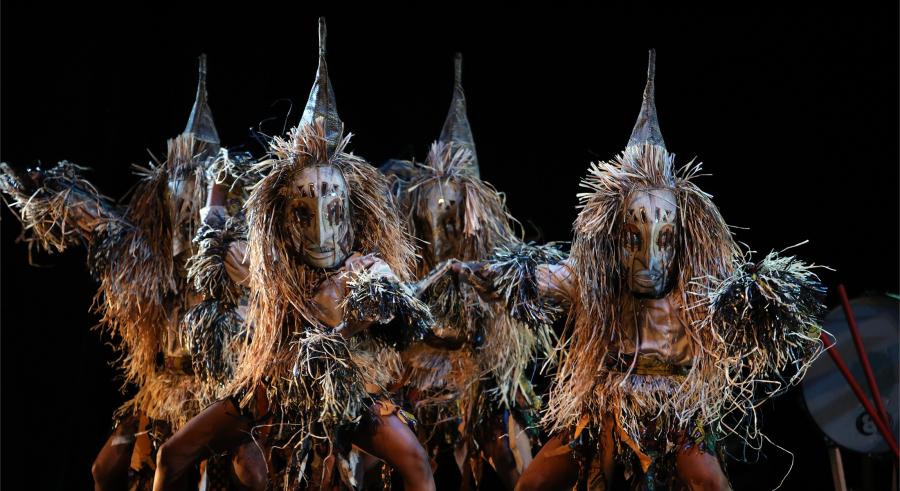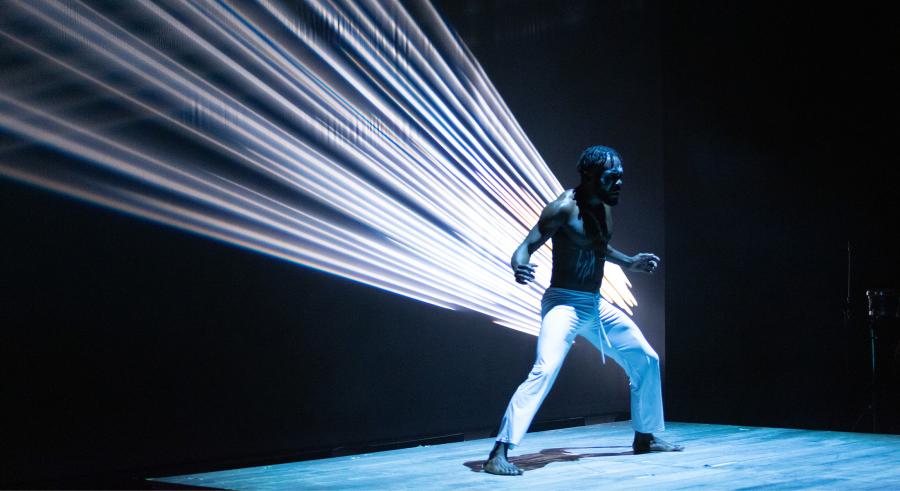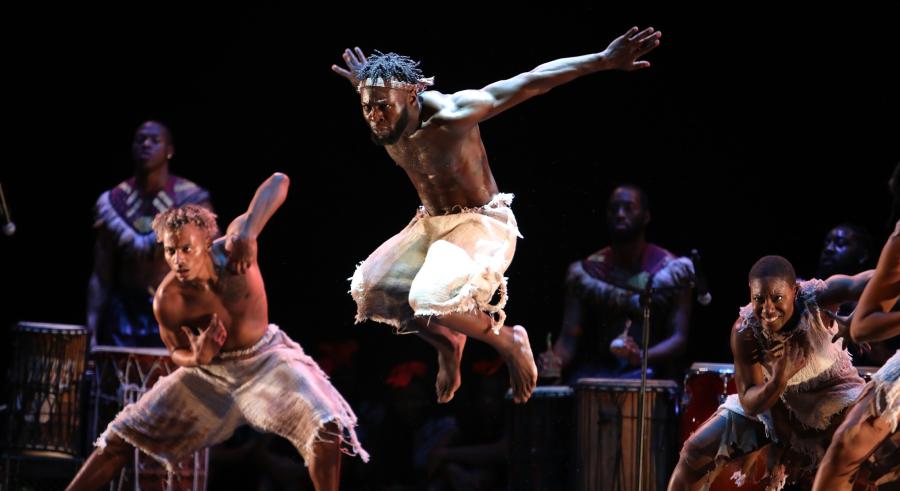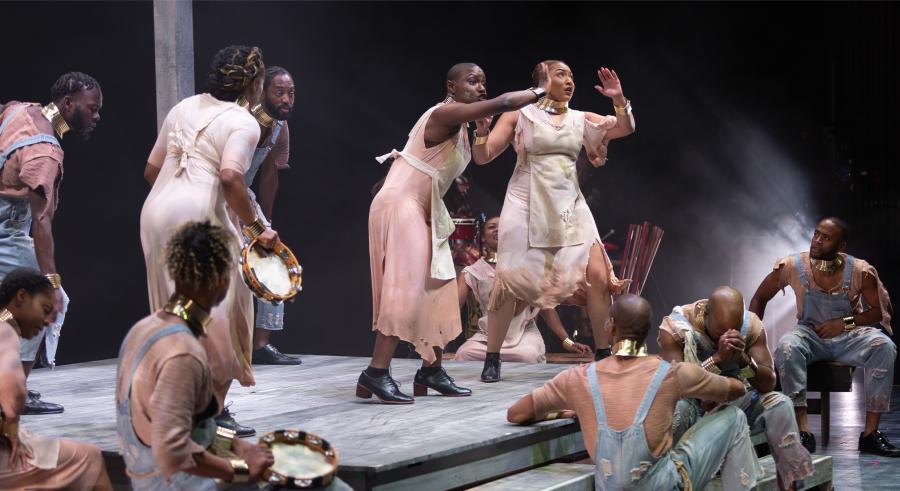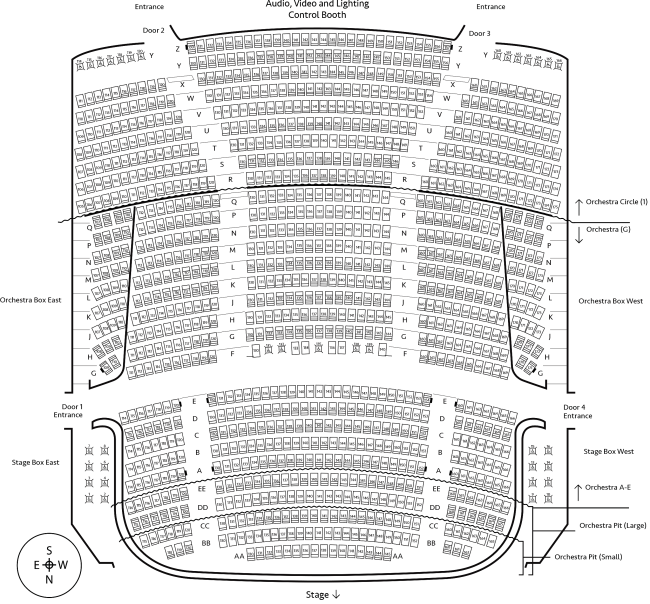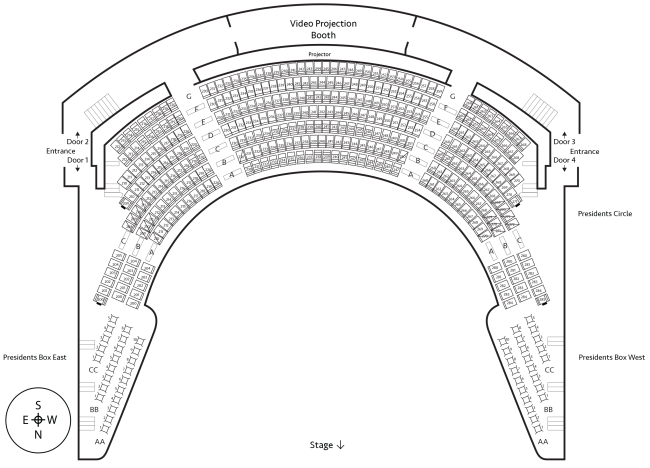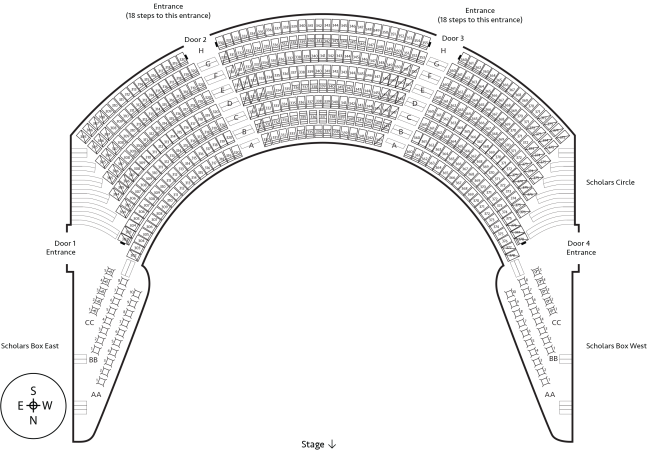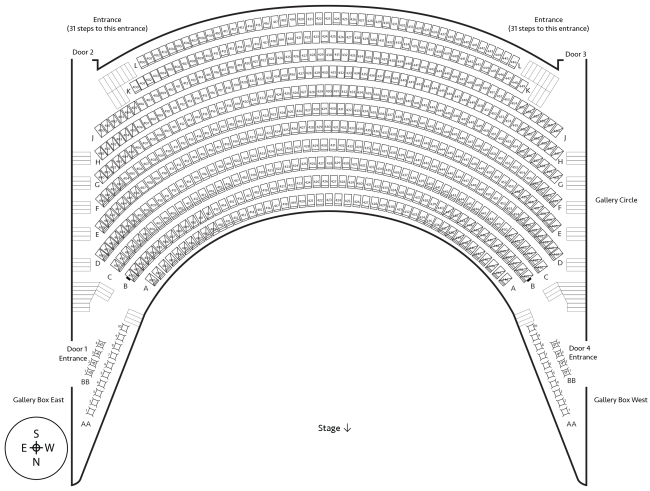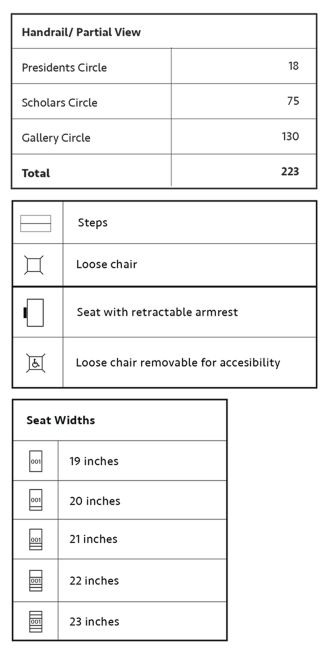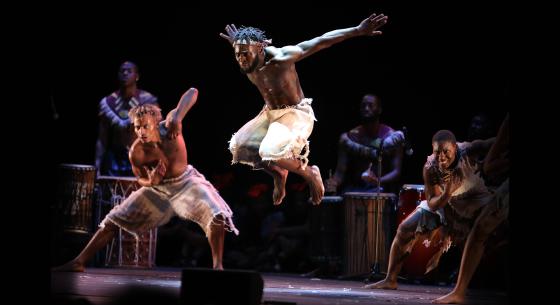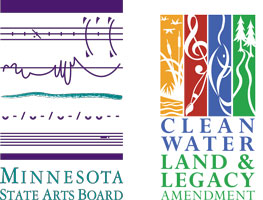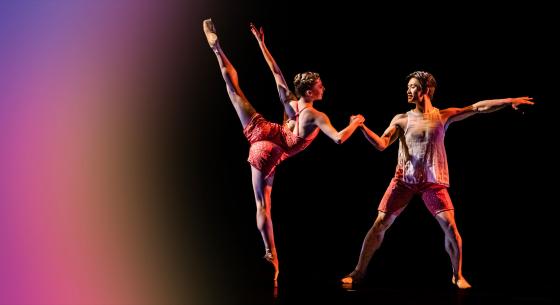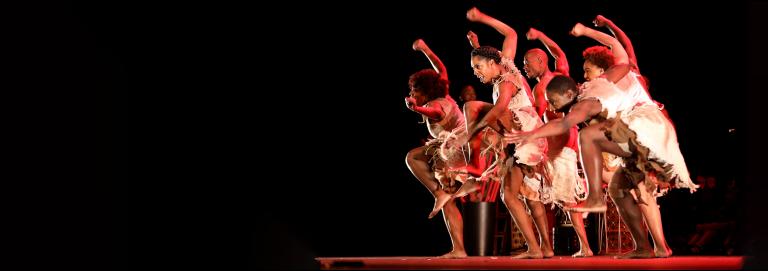
In 1739, enslaved Africans in South Carolina used their drums to start a revolt—a little-known event that forever transformed African American life and culture. When the Stono Rebellion cost Africans the right to use their drums, the beats found their way into the body of the people—the Drumfolk. This led to some of our country’s most distinct traditions like tap, hip-hop, and stepping. Journey with Step Afrika! as they recreate histories too often left in the margins with this musical and movement-filled celebration of the human spirit.
Reviews and More
Know Before You Go
Event Information
- Performance Begins: 7:30 pm
- Accessibility: This event will be captioned, with other accessibility services available upon request.
- Detailed Event Information: Find Your Event Info link on your order confirmation or check your email within 48 hours for detailed information.
If you need assistance with your tickets, please call 612-624-2345, email umntix@umn.edu.
 Sensory Friendly Lounge
Sensory Friendly Lounge
A Sensory Friendly Lounge equipped with sensory supports and staffed by trained volunteers will be available to all guests who are seeking a safe and soothing atmosphere during this and other select performances. Learn more on the Accessibility Services page.
Learn More - Explore These Themes
The content below derives from the Northrop Across Campus Program that supports Northrop's mission towards intersections between performing arts and education for the benefit of all participants now and for generations to come.
Find ways to make thematic connections to these suggested topics:
- African American & African Studies
- History: American
- Music: Percussion, Voice
- Music History
- Dance: Modern, Contemporary
- Dance History
- Education
- Youth Development & Research
Take a deeper dive with these resources that provide additional information about the performers, the history of the artform, and the artistic process.
Links:
- Google Arts & Culture - Steps with Step Afrika!
- Matter of Fact - How A Ban on Drums Inspired Hundreds of Years of Music
- Dance Magazine - The Origins and Influence of Body Percussion
- National Endowment for the Arts Podcast - C. Brian Williams
- Step Afrika! Youtube - Step Afrika! Drumfolk Tour: Meet The Drumfolk
- The 1619 Project – Project Website
- The Negro Law of South Carolina (1740)
- GBH News Youtube- In Drumfolk Step Afrika! dances to a beat of a different drum | Open Studio
- Fordham University - A Double-Edged Drum: The Power of the Drum from Africa to America
- TEDx Talks Youtube - How banning the African drum gave birth to American music
- Arts Emerson - The History of the Stono Rebellion
Start a conversation about the performance, or encourage reflection, using these questions as inspiration.
In October, Northrop will present Step Afrika!’s Drumfolk, inspired by the Stono Rebellion of 1739. During that time, slave masters feared that the enslaved used drums to communicate amongst each other, which resulted in drums being banned. When Africans lost the right to use their drums, the beats found their way into the body of the people, the Drumfolk. New percussive forms took root, which later led to the development of some of our country’s most distinct performance traditions like the ring shout, tap, and stepping.
- What other purposes do you imagine dance was used for, before it was performed on stages?
- What makes dance and music effective forms of communication?
- Can you think of other examples when historical events have been depicted through live performance or another art form? How did learning about history through art inform your understanding?
In 1740, following the Stono Rebellion, South Carolina passed the “Negro Act,” making it illegal for enslaved people to move abroad, assemble in groups, raise food, earn money, and learn to read English. Slave owners were also permitted to kill rebellious enslaved people. The Negro Act remained in effect until 1865, meaning that enslaved people could not gather or be in community for 125 years.
- In what ways do laws reflect societal values? How have acts of protest shaped American and Black American culture?
- How does the historical context from which Stepping emerged impact communities who perform together today?
- Would you consider Stepping to be a form of activism today? Why or why not?
Stepping is a percussive, highly energetic art form first developed through the song and dance rituals performed by African American fraternities and sororities. In Stepping, the body becomes an instrument, using footsteps, claps and spoken word to produce complex polyrhythms. Stepping has been described as “one of the most exciting dance forms created in the 21st century.”
- What do you think makes Stepping so exciting? How do you imagine an art form like stepping might build a sense of community within African American fraternities and sororities?
- How do you think the impact of seeing Stepping changes when it is performed on stage versus when it is performed in close proximity to the viewers?
- What is the impact, on the viewer and the performer, of using the body as an instrument, as opposed to having live instrumentation or sound?
The 1619 Project created by Pulitzer Prize-winning journalist Nikole Hannah-Jones for The New York Times Magazine illuminates the legacy of slavery in the contemporary United States and highlights the contributions of Black Americans to every aspect of American society. In episode three of the 1619 audio series, Hannah-Jones speaks with NYT critic, Wesley Morris, who says of Black music, “this is the sound of a people who, for decades and centuries, have been denied freedom…And yet what you respond to in Black music is the ultimate expression of a belief in that freedom, the belief that the struggle is worth it, that the pain begets joy, and that that joy you’re experiencing is not only contagious, it’s necessary and urgent and irresistible.”
- What is the role of performance art in helping us to create a shared understanding of America’s history?
- With non-African American communities now practicing and engaging in Stepping, what is their responsibility in recognizing the history of Stepping?
- Stepping has infiltrated pop culture, appearing in films like Stomp the Yard and School Daze, and was even featured in the opening ceremony of the 1996 summer olympics in Atlanta. How does sharing a form like Stepping with new audiences and in new contexts create more opportunities to explore artistic and personal freedom?
